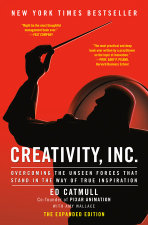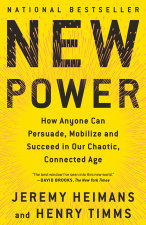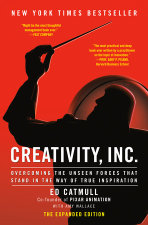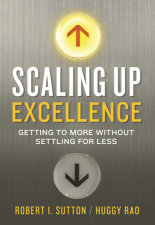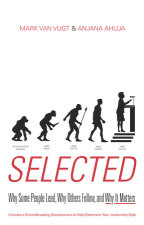Time by Design
How Communicating Slow Allows Us to Go Fast

How effective individuals, teams, and organizations routinely communicate slow to go fast, and how time as a feature of human experience can actually be designed.
Speed in collective action, like teamwork or organizing, is never simply a time-based issue. While conventional theory relies on time-based interventions to achieve speed, this approach typically fails. In Time by Design, Dawna Ballard shows how speed is actually a function of the relationship between time and communication, or chronemics.
Ballard identifies two communication design logics—fast and slow—that reflect contrasting beliefs about how communication works to support urgent, time-sensitive work demands. Fast communication design logics are linear, short-term in orientation, and treat time in interaction as transactional. Slow communication design logics are nonlinear, long-term in orientation, and…




![Taking [A]part](https://images.randomhouse.com/cover/9780262552592?height=225)










